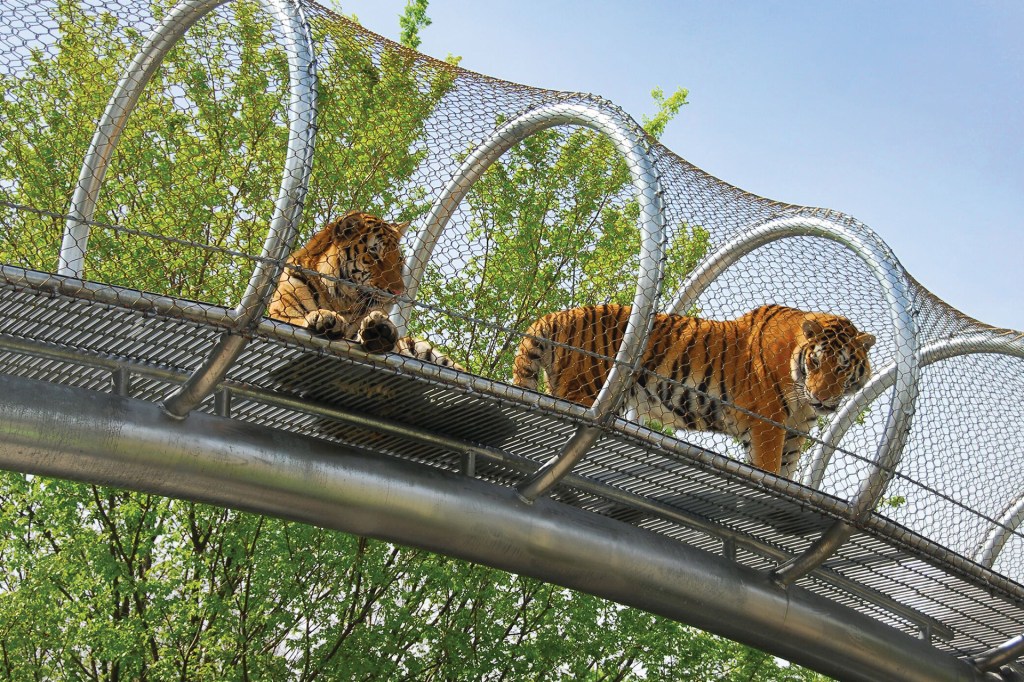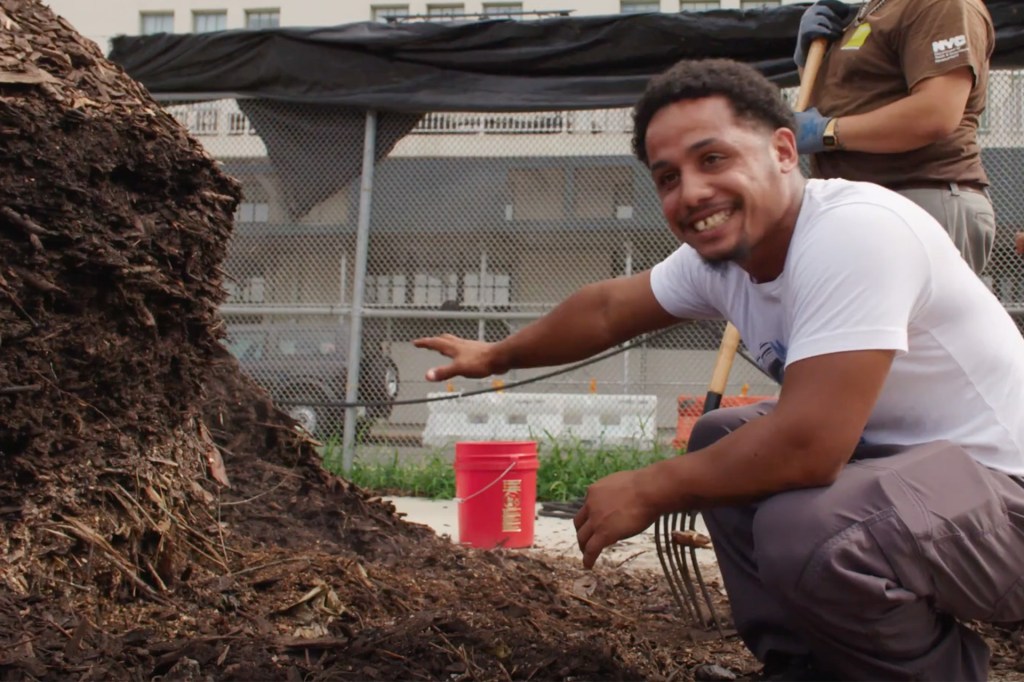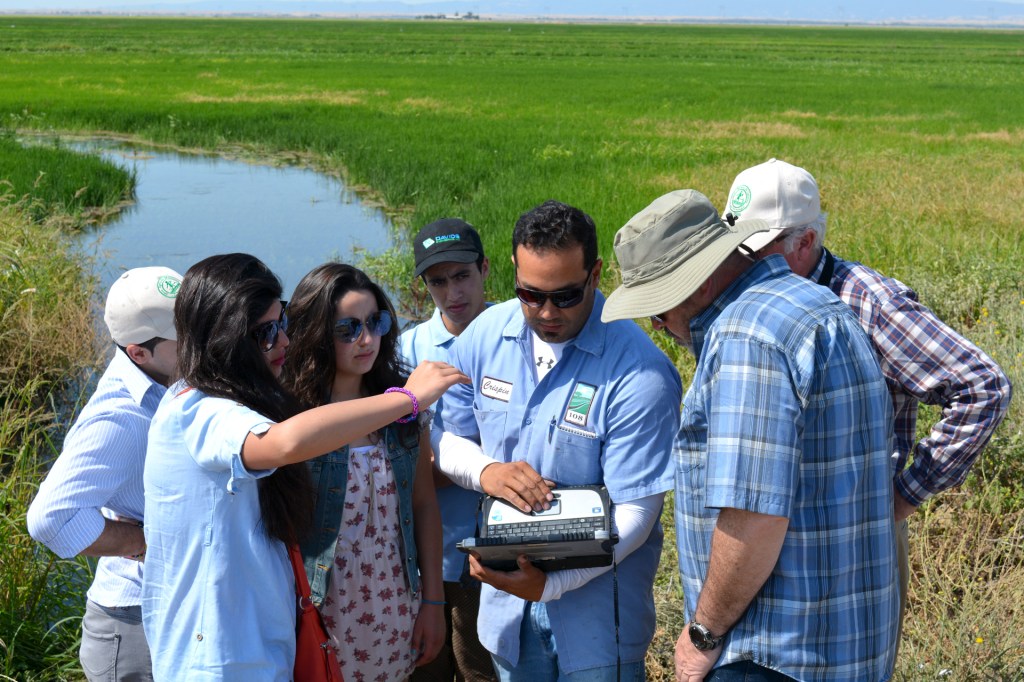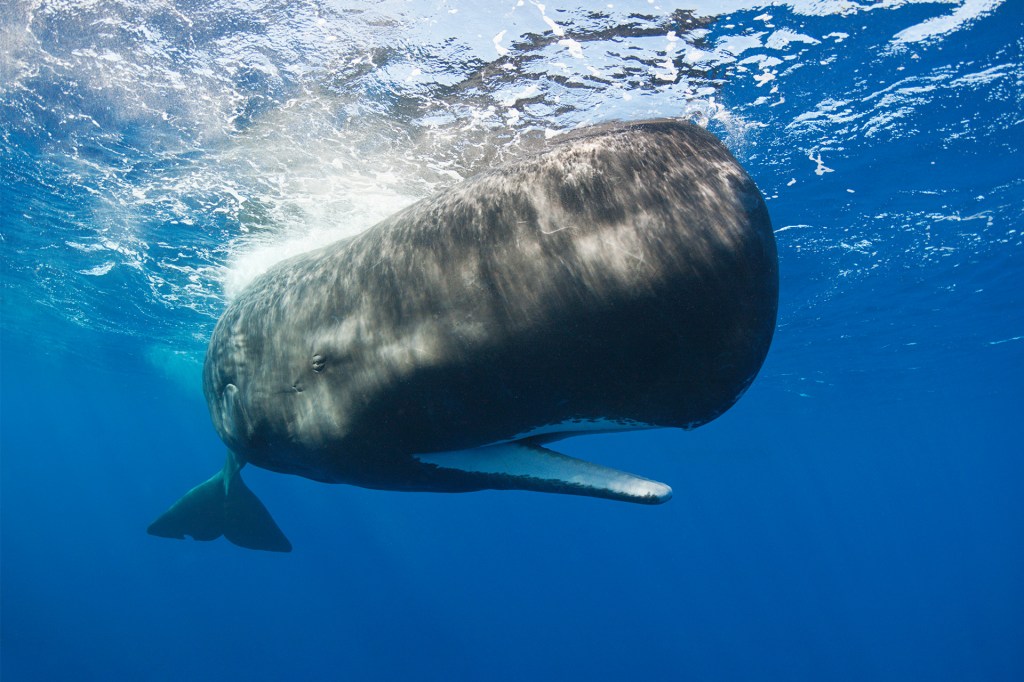A New Home
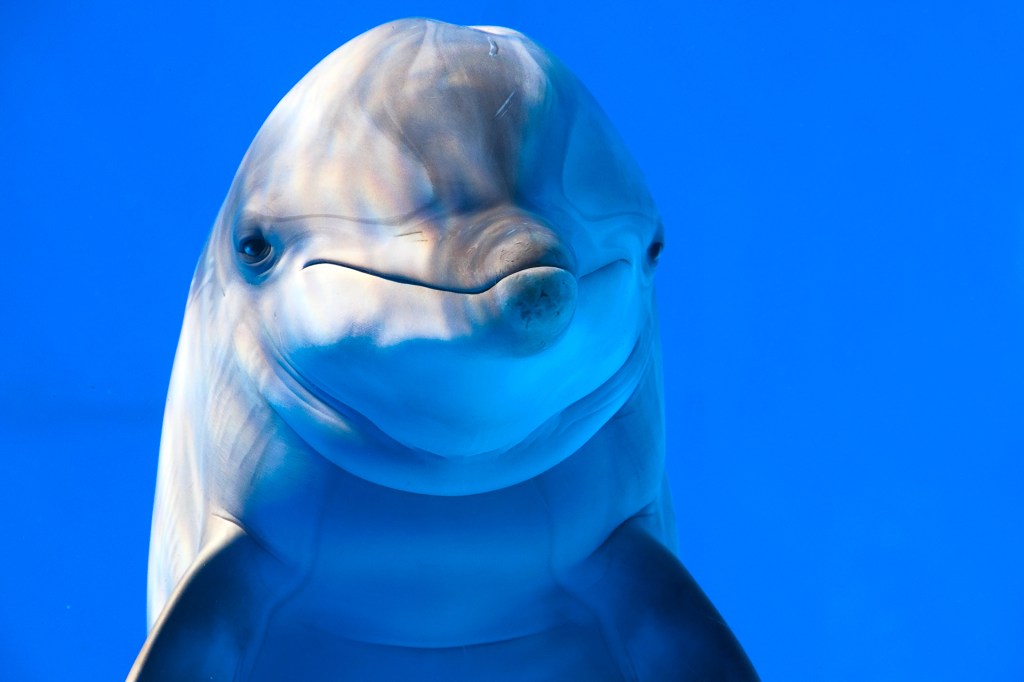
The National Aquarium, in Baltimore, Maryland, is home to nearly 20,000 animals. Among them are seven bottlenose dolphins: Jade, Spirit, Maya, Bayley, Chesapeake, Beau, and Foster. Bayley, the youngest, is 9. Chesapeake, the oldest, is 26. She is Bayley’s mom. All seven were born in captivity
captivity
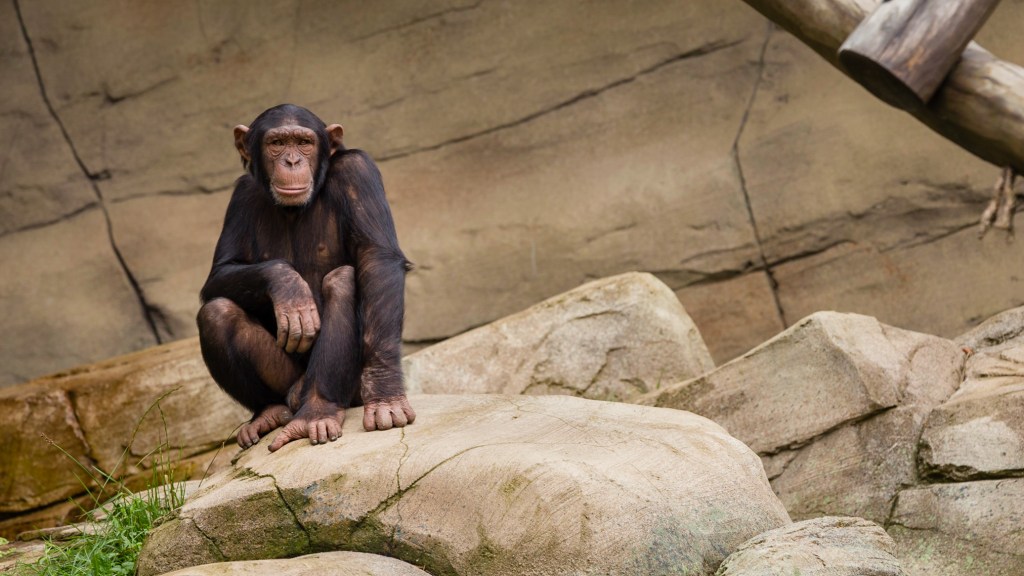 KYRI_N GEISSER/EYEEM/GETTY IMAGES
the state of being held in one place without being able to leave
(noun)
The chimpanzee has spent most of its life in captivity.
. None has known life in the wild.
KYRI_N GEISSER/EYEEM/GETTY IMAGES
the state of being held in one place without being able to leave
(noun)
The chimpanzee has spent most of its life in captivity.
. None has known life in the wild.
But soon, this dolphin colony will make a big move. The National Aquarium says it will close its Dolphin Discovery exhibit by 2021 and transfer the animals to a sanctuary
sanctuary
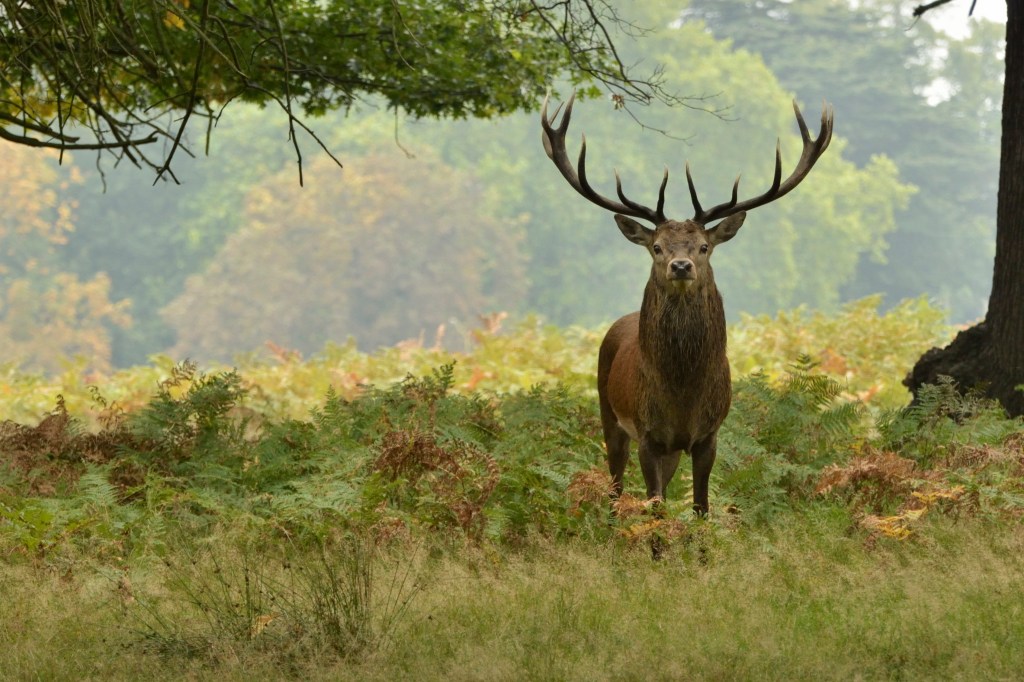 UK NATURAL HISTORY/GETTY IMAGES
a place where someone or something sheltered and kept safe
(noun)
Deer hunting is illegal inside the wildlife sanctuary.
that’s more like their natural habitat. It will be the first sanctuary for marine mammals in the United States. “We really are creating a new model for how humans and dolphins interact,” Leigh Clayton told TFK. She is the National Aquarium’s director of animal health and welfare.
UK NATURAL HISTORY/GETTY IMAGES
a place where someone or something sheltered and kept safe
(noun)
Deer hunting is illegal inside the wildlife sanctuary.
that’s more like their natural habitat. It will be the first sanctuary for marine mammals in the United States. “We really are creating a new model for how humans and dolphins interact,” Leigh Clayton told TFK. She is the National Aquarium’s director of animal health and welfare.

AN UNNATURAL HABITAT The National Aquarium is in downtown Baltimore.
RICHARD T. NOWITZ—GETTY IMAGESA Better Understanding
In the past 15 years, scientists have learned a lot about dolphins. New technology, like drones and durable GPS tags, has allowed scientists to track wild dolphins. The technology has revealed how active the animals really are in the wild. In the ocean, dolphins dive down hundreds of feet and travel up to 100 miles a day. They use echolocation, or reflected sounds, to explore. They interact with other animals. Dolphins can’t do those things in aquariums.
“Even if you’re the nicest trainer in the world and you love your animals, if you put them in barren
barren
 MARTIN SHIELDS/GETTY IMAGES
lifeless
(adjective)
During summer break, the school building is barren.
tanks, they’re going to become what amounts to couch potatoes,” Naomi Rose told TFK. She is a marine-mammal scientist at the Animal Welfare Institute, in Washington, D.C. “They’re not going to get the exercise they need to be healthy. They’re going to be bored.”
MARTIN SHIELDS/GETTY IMAGES
lifeless
(adjective)
During summer break, the school building is barren.
tanks, they’re going to become what amounts to couch potatoes,” Naomi Rose told TFK. She is a marine-mammal scientist at the Animal Welfare Institute, in Washington, D.C. “They’re not going to get the exercise they need to be healthy. They’re going to be bored.”
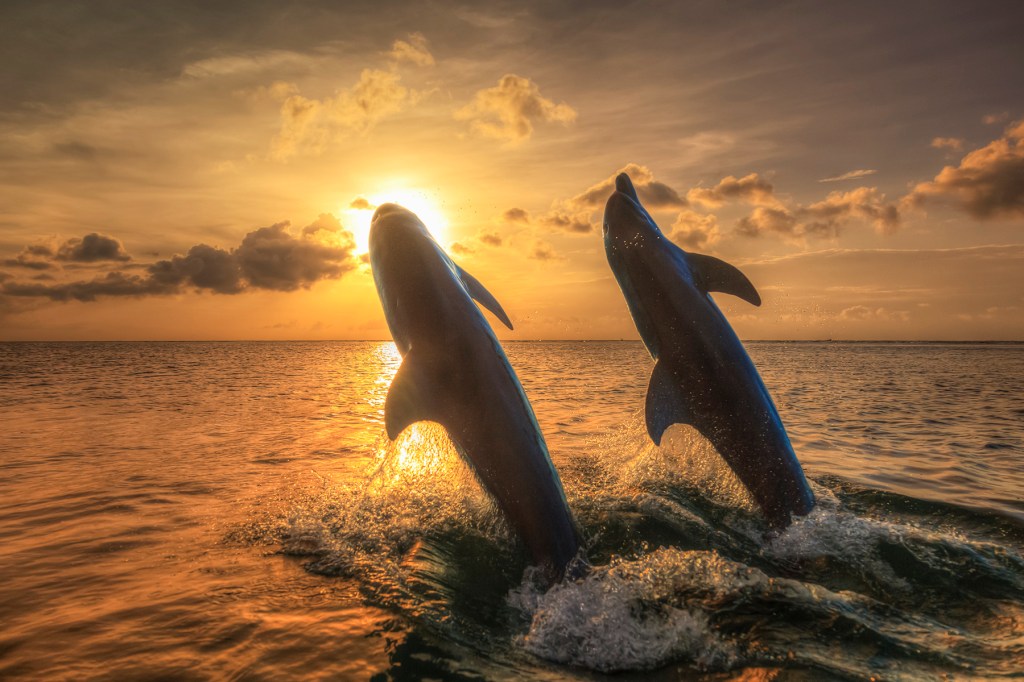
BE FREE Bottlenose dolphins leap side by side in the Caribbean Sea.
STUART WESTMORLAND—GETTY IMAGESAs of January 31, there were approximately 616 captive whales and dolphins in the U.S. and Canada, according to a database called Cetabase. Protesters have demanded that aquariums, including the National Aquarium, set them free.
But unlike some animals, dolphins born in captivity can’t simply be placed in the wild. They’re born without the instincts that tell them how to survive there. Their mothers teach them what to eat, how to hunt, and how to stay safe. Humans cannot recreate those lessons. “We humans don’t know how to teach them to be wild dolphins,” Rose says.
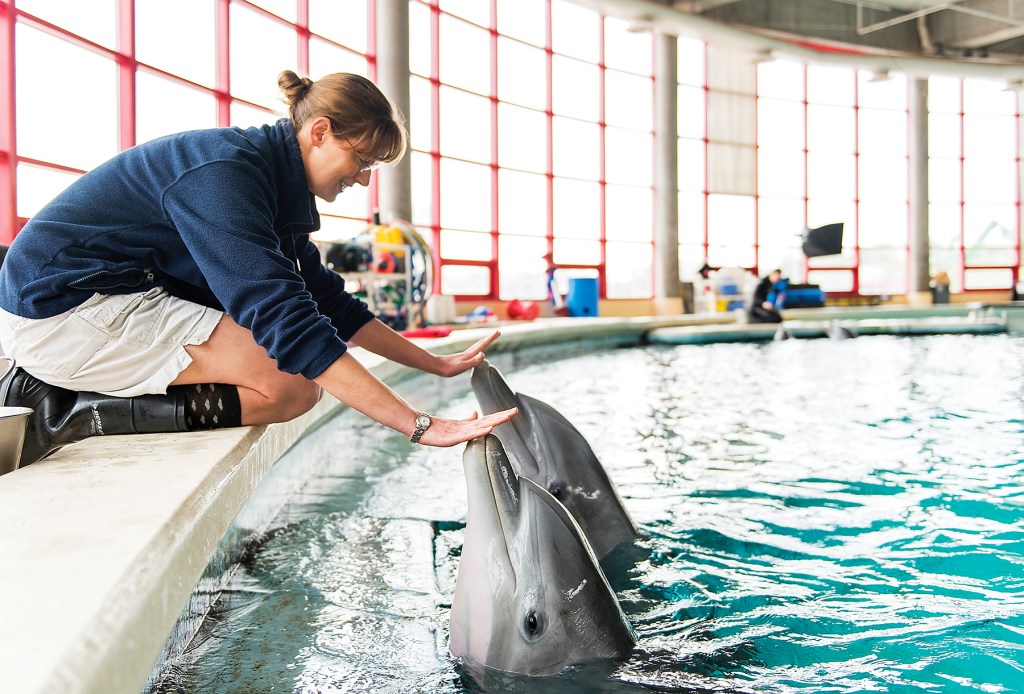
LIFE INSIDE A trainer works with two dolphins at the National Aquarium.
© 2017 NATIONAL AQUARIUMDolphins First
The National Aquarium still hasn’t decided where its dolphin sanctuary will be. But its search is guided by a dolphin-first philosophy. Bottlenose dolphins live in temperate or tropical waters. For this reason, the sanctuary will probably be located off the coast of Florida, in the Atlantic Ocean or the Caribbean. Dolphins will be able to swim in an area much larger and deeper than the pool in Baltimore. It will be separated from the open ocean by a cage or natural barrier. But it will still be connected to the sea and filled with marine plants and other animals.
“It’s more interesting than a concrete tank,” Lori Marino told TFK. She started the Kimmela Center for Animal Advocacy but is not involved with the sanctuary. “It’s still captivity, but they can actually have a life there,” she says. Trainers will continue to care for the dolphins. Visitors may still be able to see them, but only from a distance.
Trainers in Baltimore are preparing the dolphins for change. The trainers wear sunglasses indoors so the dolphins won’t be confused when they see people wearing them at the sanctuary. To get them ready to see birds, trainers will swing something over the pool that Leigh Clayton says “looks like a big cat toy.” Eventually, algae and other natural substances will be added to the dolphins’ tank. And someday soon, Jade, Spirit, Maya, Bayley, Chesapeake, Beau, and Foster will feel ocean water for the very first time.
Assessment: Click here for a printable quiz. Teacher subscribers can find the answer key in this week's Teacher's Guide.





